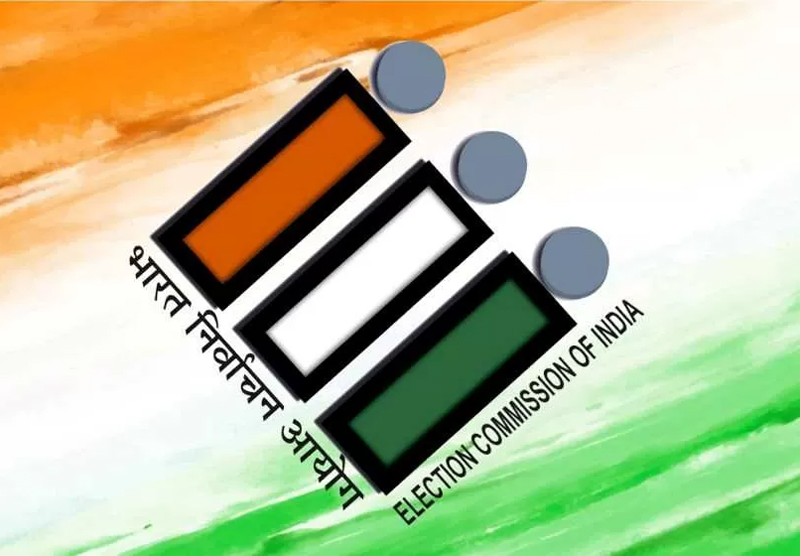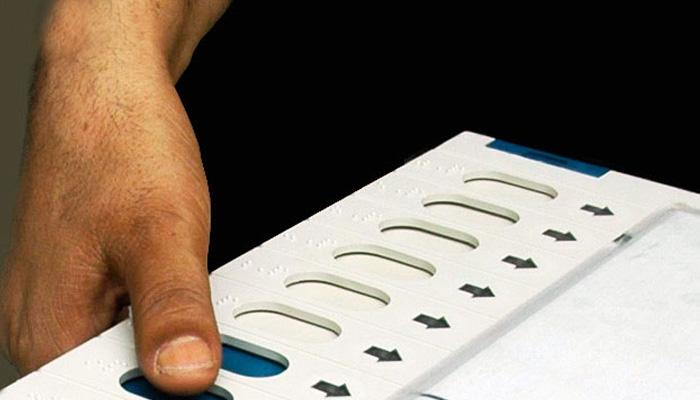* Jammu and Kashmir has over 4,300 patients, including 131 orphans and 225 widows, have been tested HIV positive in the state so far.
*Jammu, having the maximum fluctuating population, has reported the highest number of HIV patients, followed by southern districts of the state —- Kathua and Samba.
*According to the J&K State AIDS Control Society (JKSACS) statistics, a total of 4,175 HIV-positive patients, including 2,437 men, 1,484 women and 248 children.
World AIDS Day is observed on December 1 every year. The day is dedicated to spreading awareness about AIDS, which spreads due to infection from the virus called HIV.
According to the news report of The Tribune India, the prevalence of HIV (Human Immunodeficiency Virus) that causes AIDS (acquired immunodeficiency syndrome) has slowly tightened its grip on Jammu and Kashmir as over 4,300 patients, including 131 orphans and 225 widows, have been tested HIV positive in the state so far.
 Jammu, having the maximum fluctuating population, has reported the highest number of HIV patients, followed by southern districts of the state —- Kathua and Samba. The number of patients infected by HIV has shown an upward trend over the years. It has mainly been attributed to greater use of drugs than sexual transmission.
Jammu, having the maximum fluctuating population, has reported the highest number of HIV patients, followed by southern districts of the state —- Kathua and Samba. The number of patients infected by HIV has shown an upward trend over the years. It has mainly been attributed to greater use of drugs than sexual transmission.However, the number of HIV patients has witnessed an increase, though there are some fluctuating figures.Before 2011, the state had 2,573 HIV-positive patients.
What is the difference between HIV and AIDS?
HIV stands for human immunodeficiency virus. This virus leads to infection and it attacks the immune system. While HIV can be transmitted between people, AIDS is a condition that is acquired only after a person has contracted the HIV infection. AIDS is the final stage of the HIV infection.
What leads to greater risk of HIV?
- Unprotected anal or vaginal sex. Sexually transmitted infections such as syphilis, herpes, chlamydia, gonorrhoea, and bacterial vaginosis.
- Sharing contaminated needles, syringes and other injecting equipment
- Receiving unsafe injections, blood transfusions, tissue transplantation, medical procedures that involve unsterile cutting or piercing
- Experiencing accidental needle stick injuries including among health workers
















